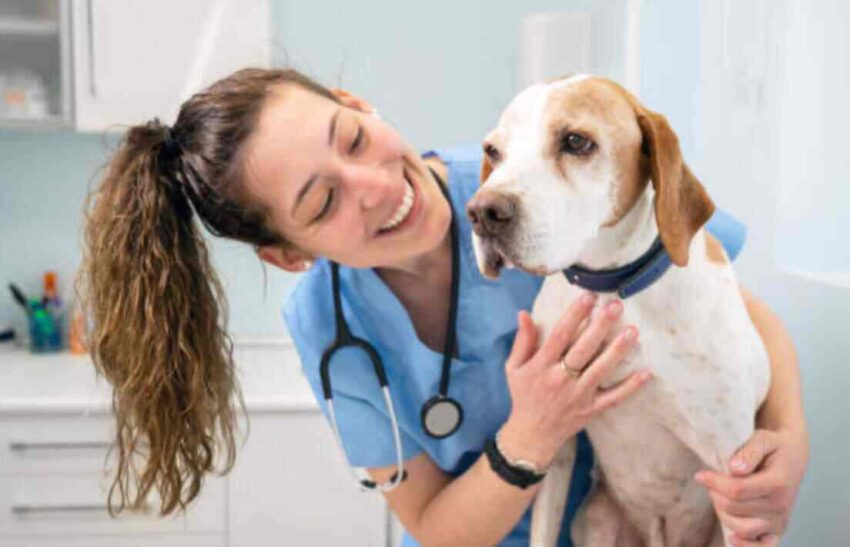Canine parvovirus (parvo) is a highly contagious viral disease that affects dogs, particularly puppies between six weeks and six months old. It primarily affects the gastrointestinal tract and can be life-threatening if not treated promptly. Here is an overview of parvo, including its symptoms, treatments, and prevention methods:
Symptoms of Parvo
- Severe, bloody diarrhea
- Vomiting
- Fever or low body temperature (hypothermia)
- Lethargy
- Loss of appetite
- Dehydration
- Abdominal pain and bloating
Treatments for Parvo
Parvo requires immediate veterinary attention. The treatment mainly focuses on supportive care to manage symptoms and prevent complications.
1.Intravenous (IV) Fluids:
- To combat dehydration and restore electrolyte balance.
- Critical for maintaining hydration, especially since vomiting and diarrhea cause significant fluid loss.
2.Antiemetics:
- Medications like metoclopramide or ondansetron to control vomiting.
3.Antibiotics
- To prevent or treat secondary bacterial infections, as the virus can cause severe damage to the intestinal lining, making the dog vulnerable to bacterial infections.
4.Nutritional Support:
- Initially through IV or tube feeding if the dog is unable to eat.
- Gradual reintroduction of food once the dog can tolerate it.
5.Antiviral Medications:
- Experimental treatments like Tamiflu (oseltamivir) may be used, although their efficacy is still under study.
6.Pain Management:
- Analgesics may be administered to manage abdominal pain.
Prevention of Parvo
Prevention is primarily through vaccination and maintaining good hygiene.
1.Vaccination:
- Puppies should receive their first vaccination at 6-8 weeks of age, followed by boosters every 3-4 weeks until they are 16-20 weeks old.
- Adult dogs should receive regular boosters as recommended by the veterinarian.
2.Isolation:
- Infected dogs should be isolated to prevent the spread of the virus to other dogs.
3.Disinfection:
- The virus can survive for long periods in the environment. Use a bleach solution (1 part bleach to 30 parts water) to disinfect. areas where the infected dog has been.
4.Limiting Exposure:
- Avoid exposing puppies to potentially contaminated environments, such as parks or kennels, until they are fully vaccinated.
Prognosis
The prognosis for a dog with parvo depends on the severity of the infection and the timeliness of treatment. With prompt and aggressive treatment, the survival rate can be as high as 70-90%. However, without treatment, the mortality rate is very high.


Write a Reply or Comment: